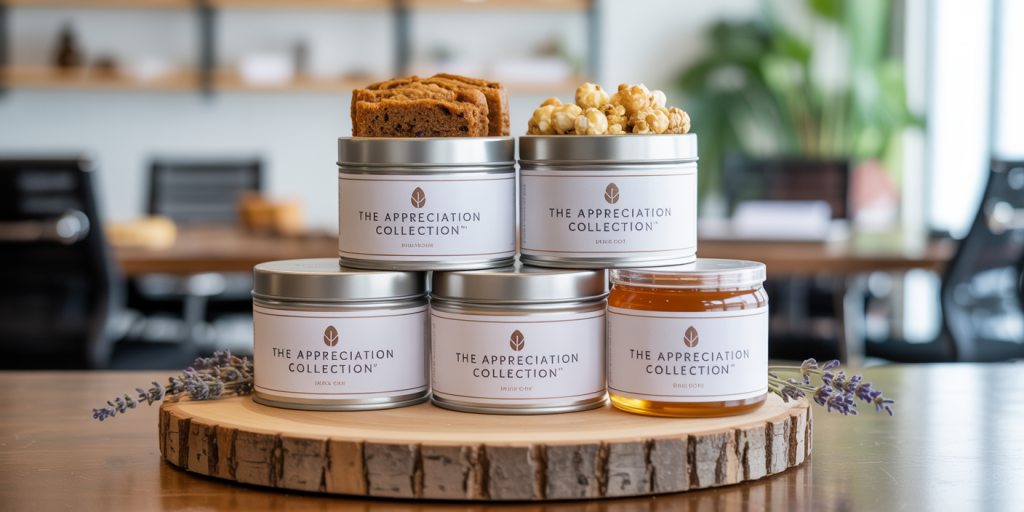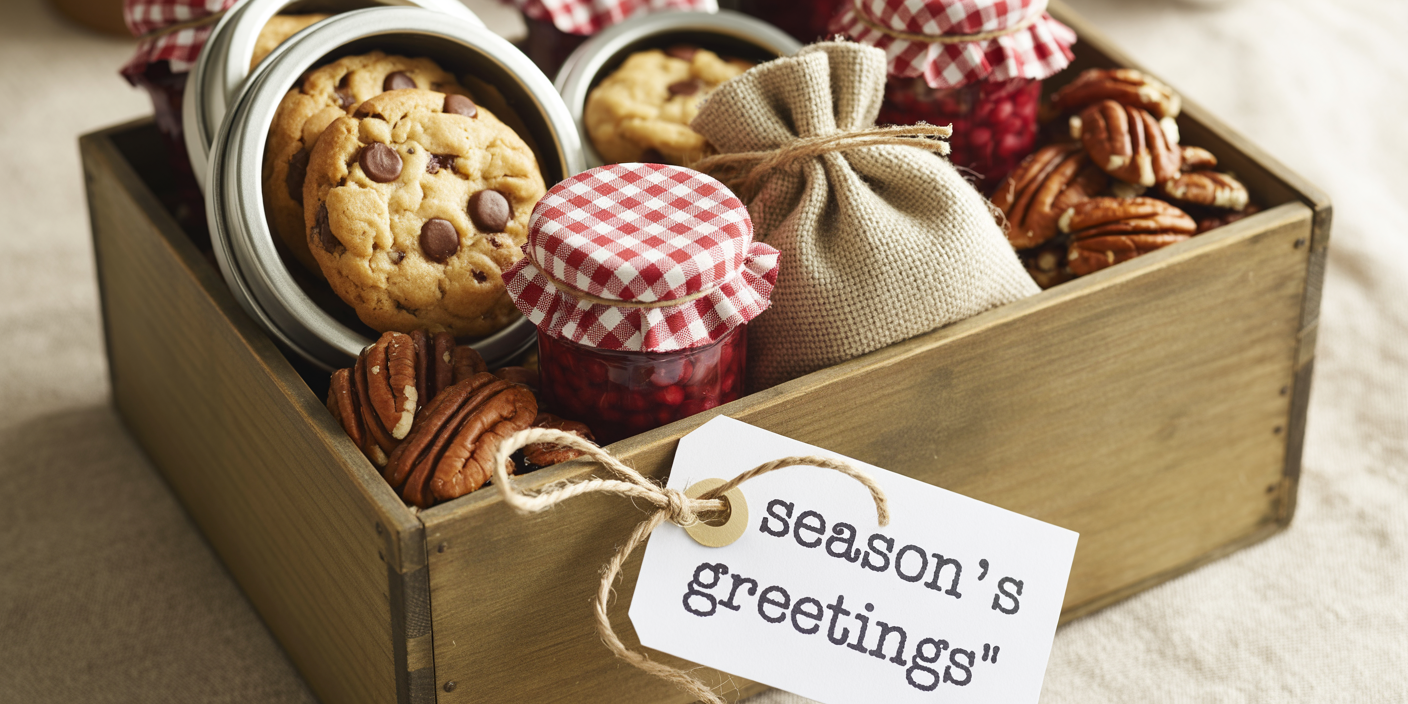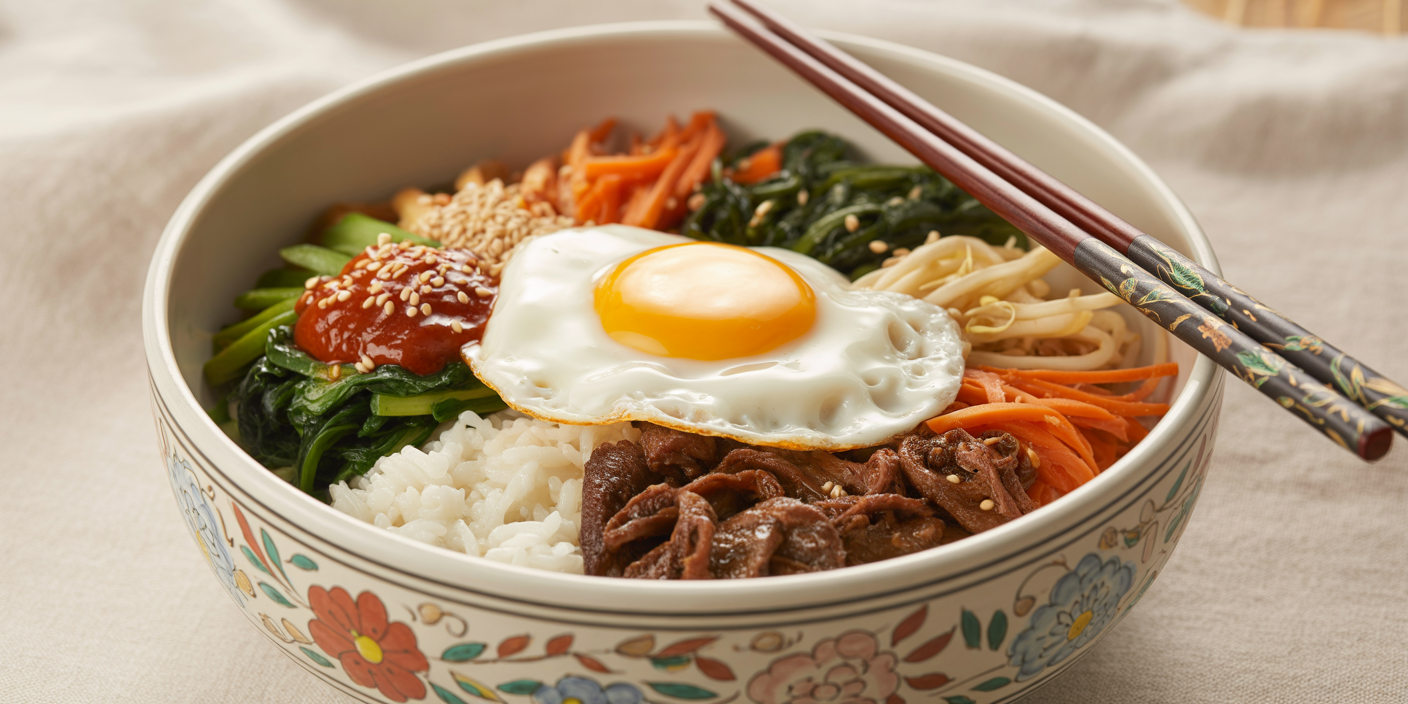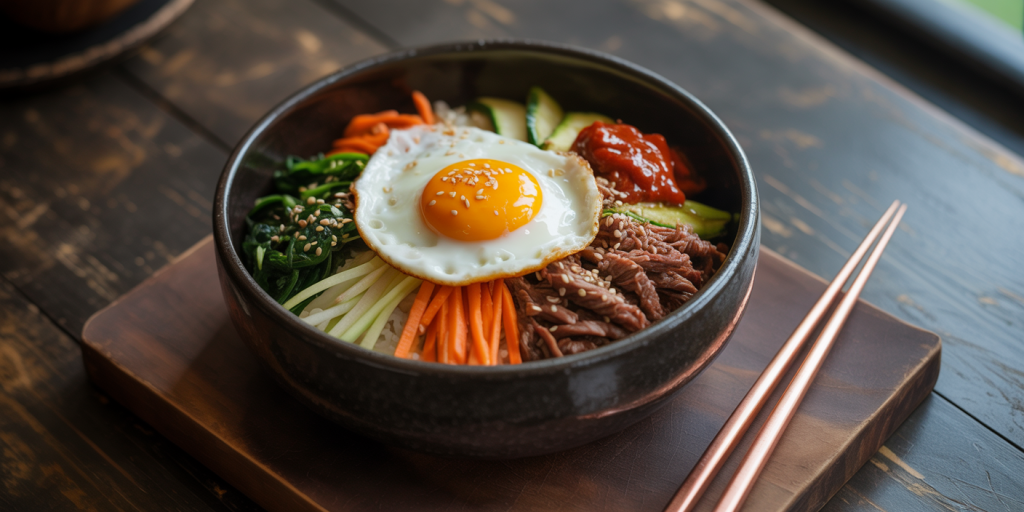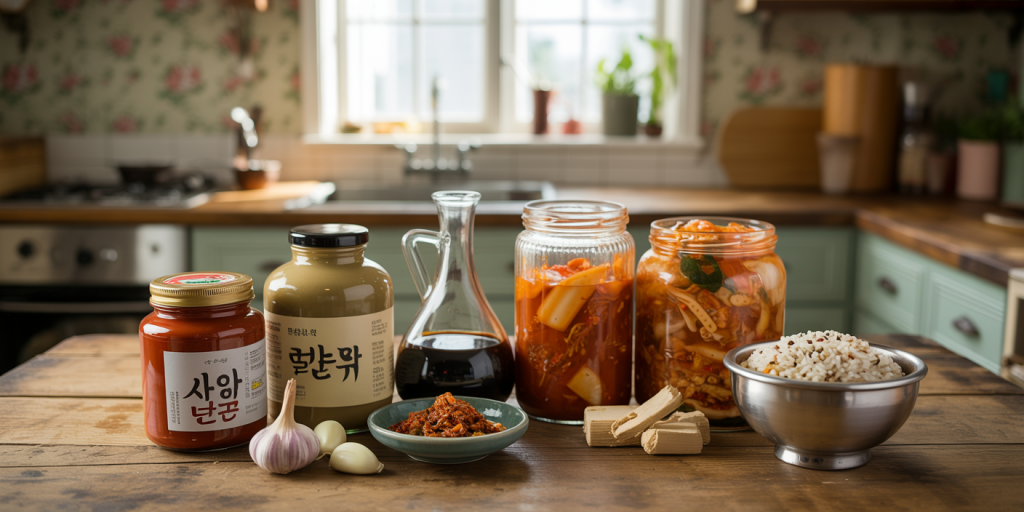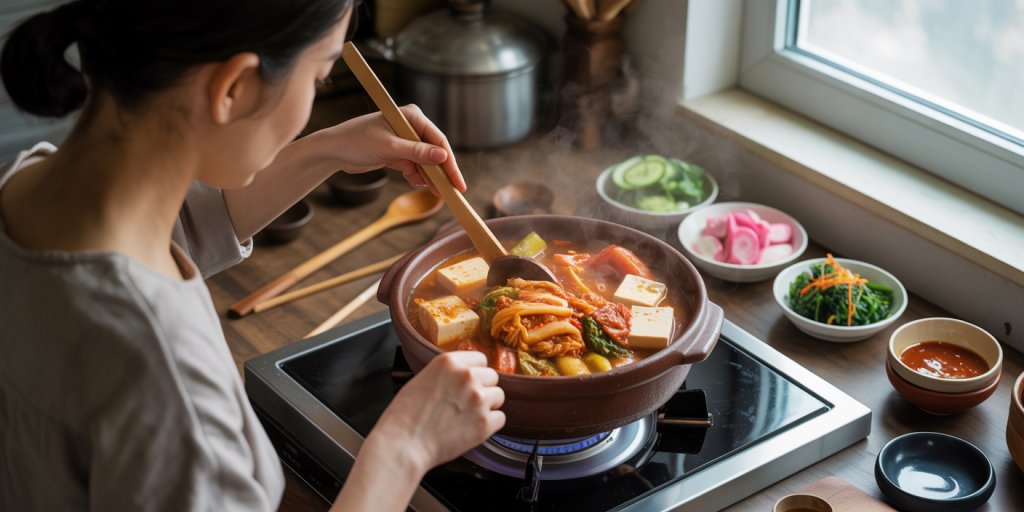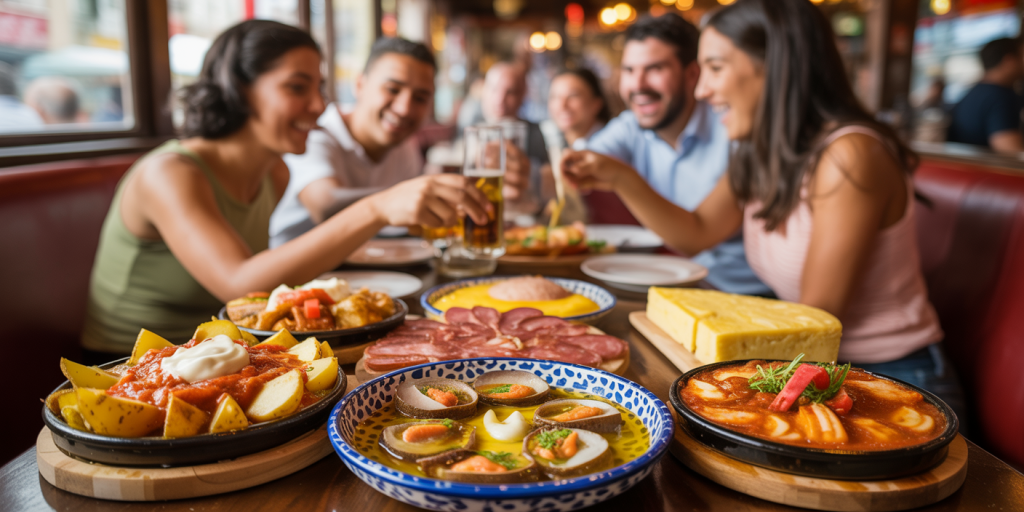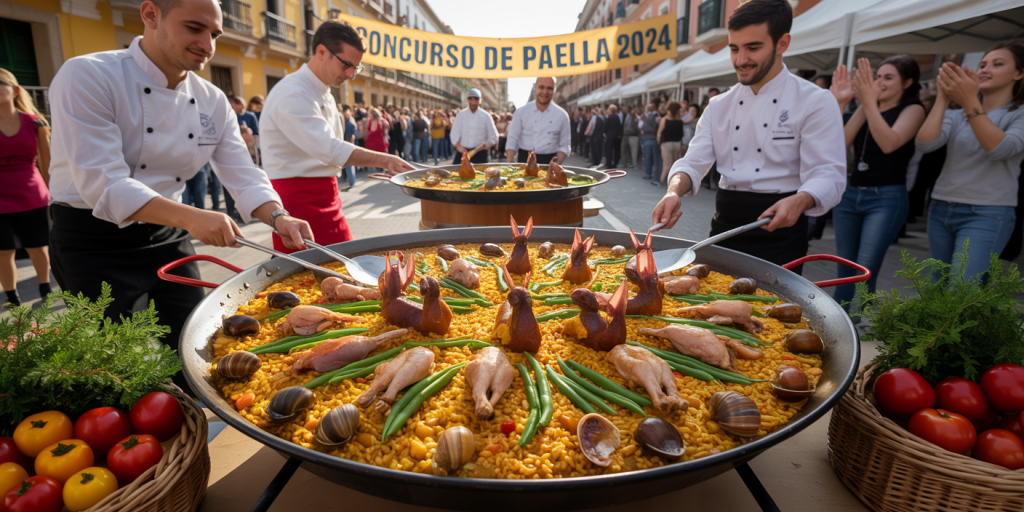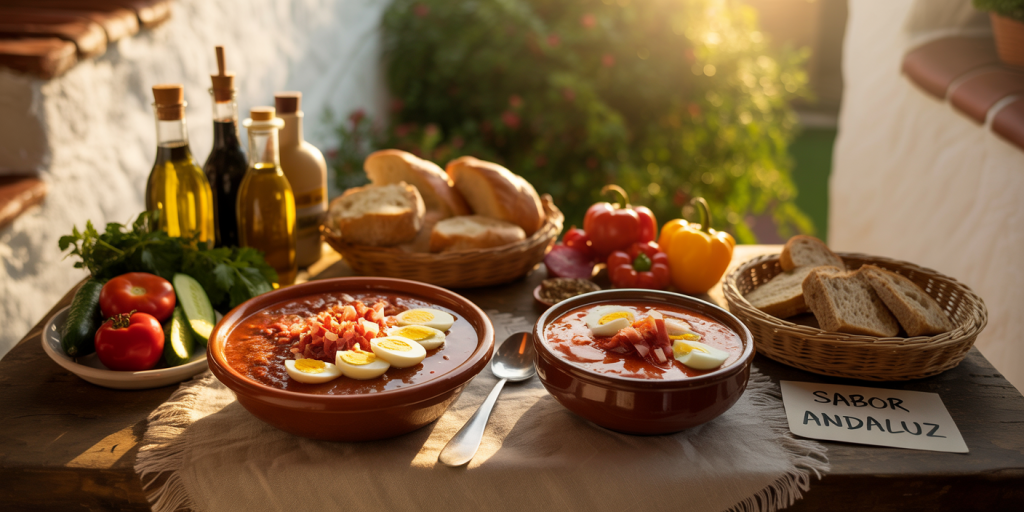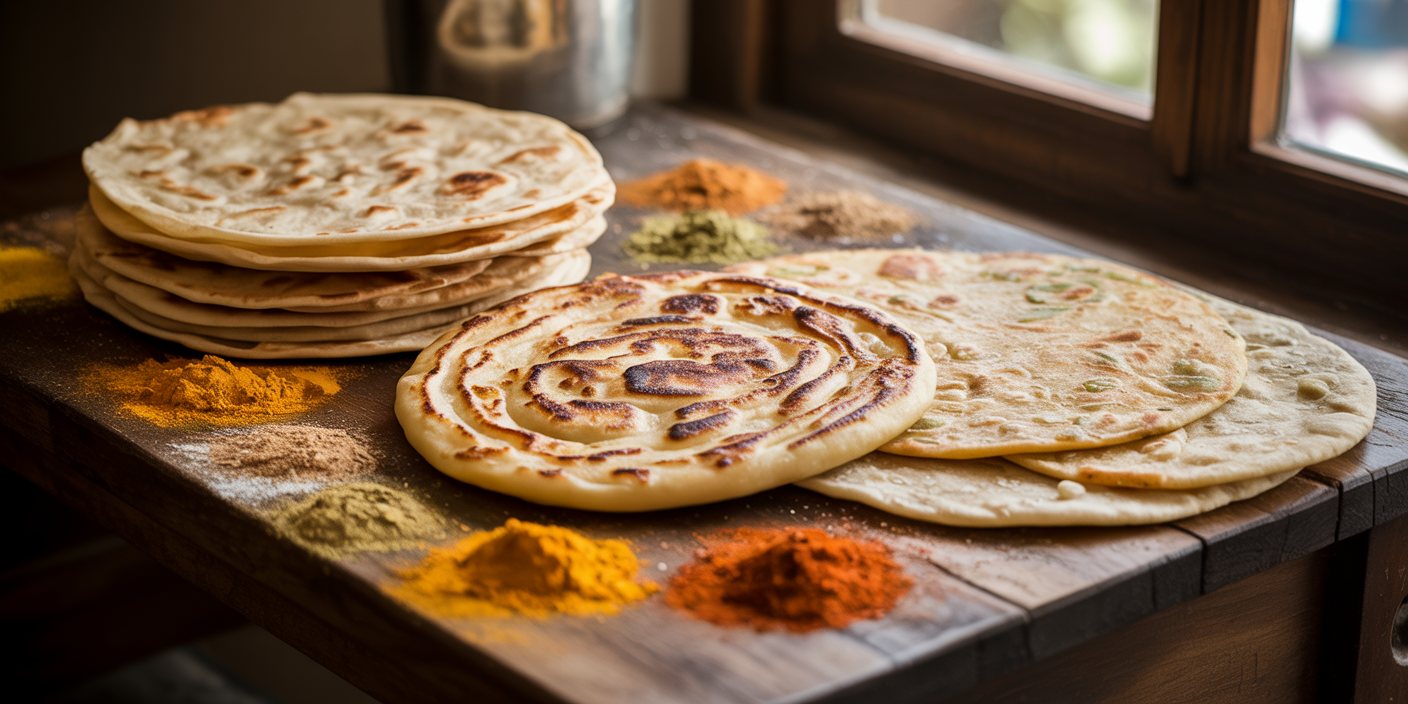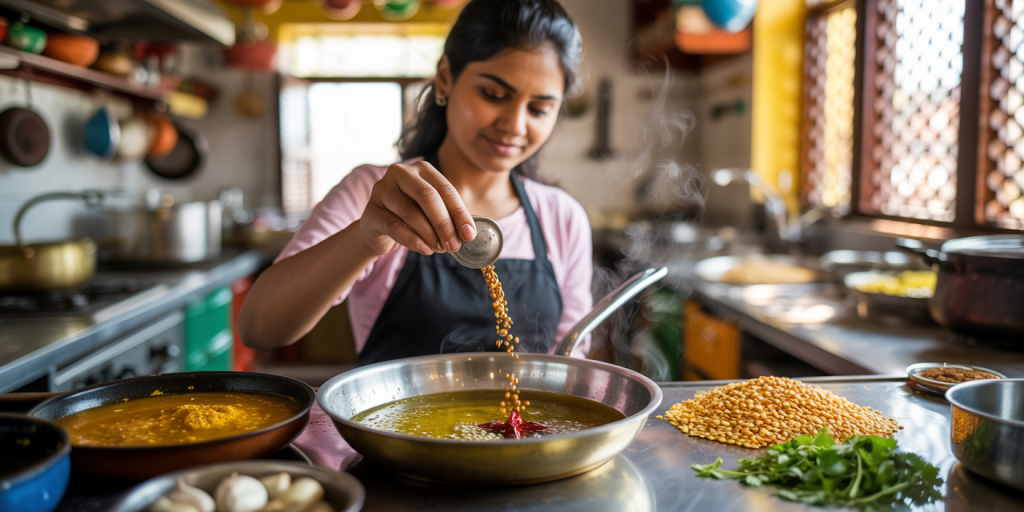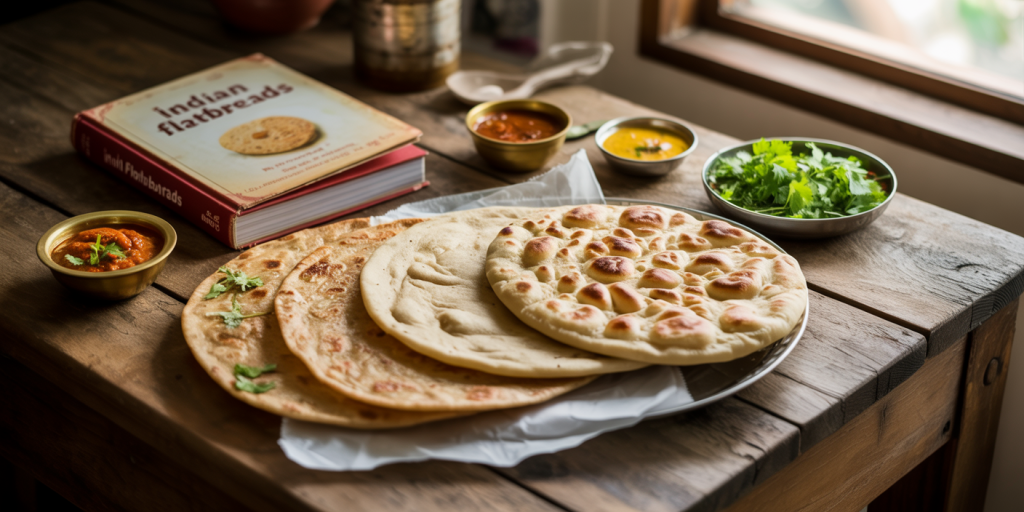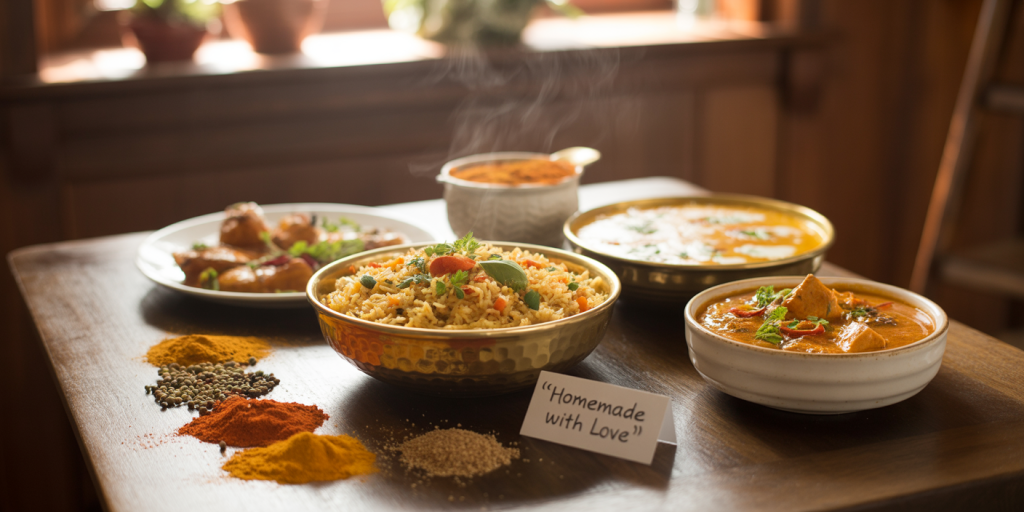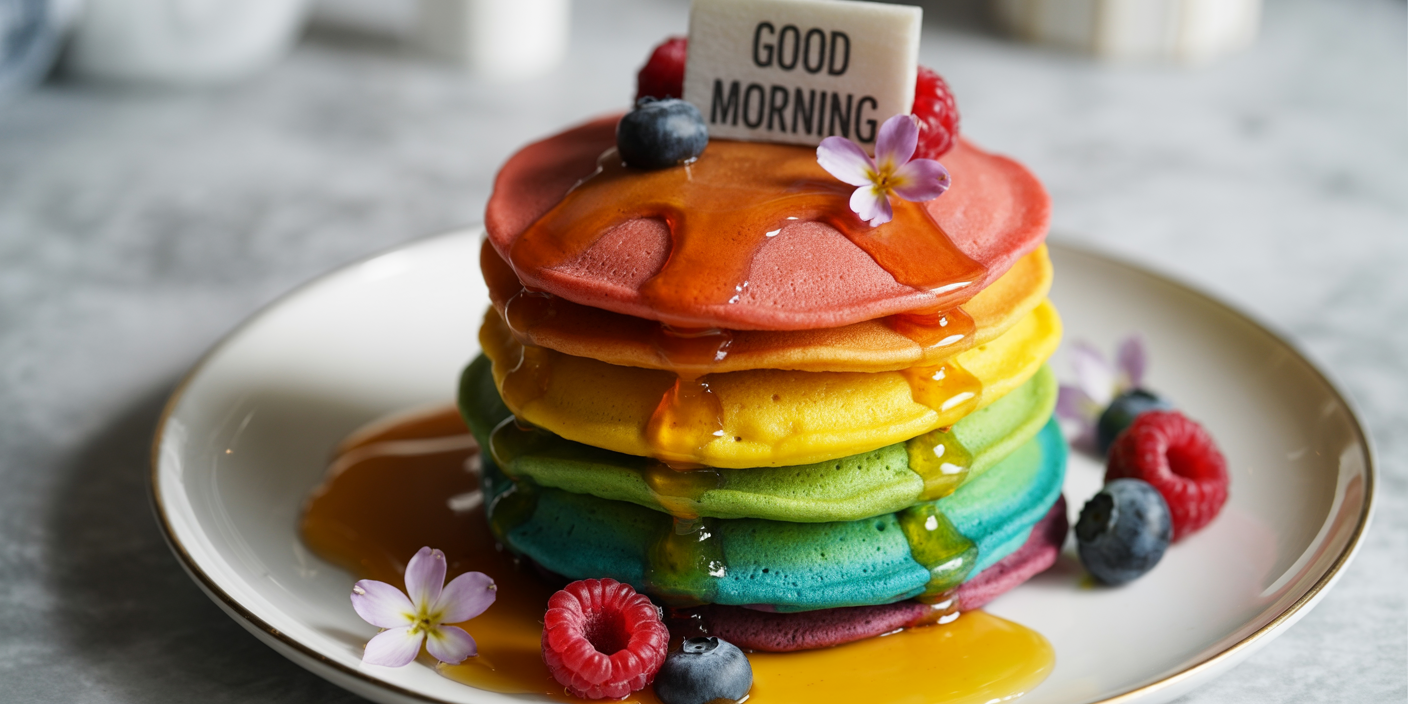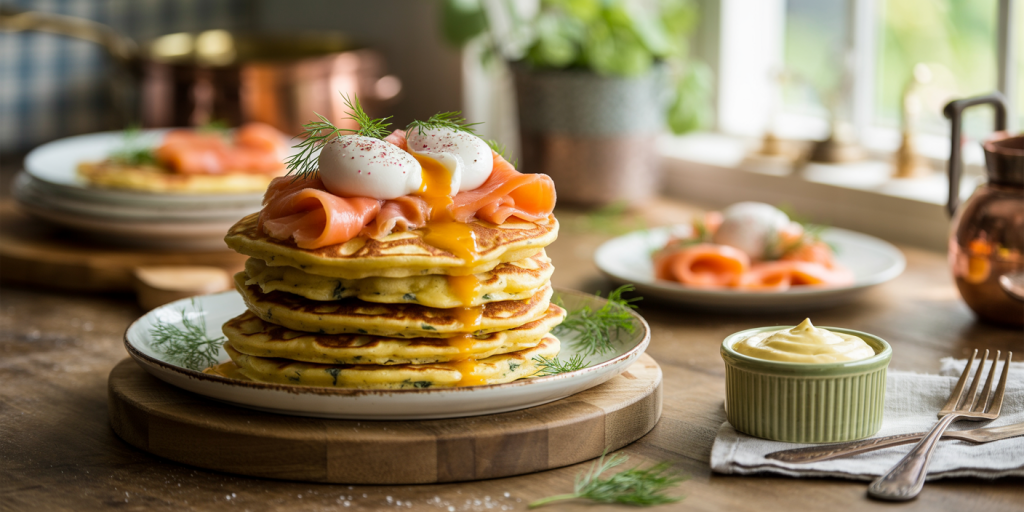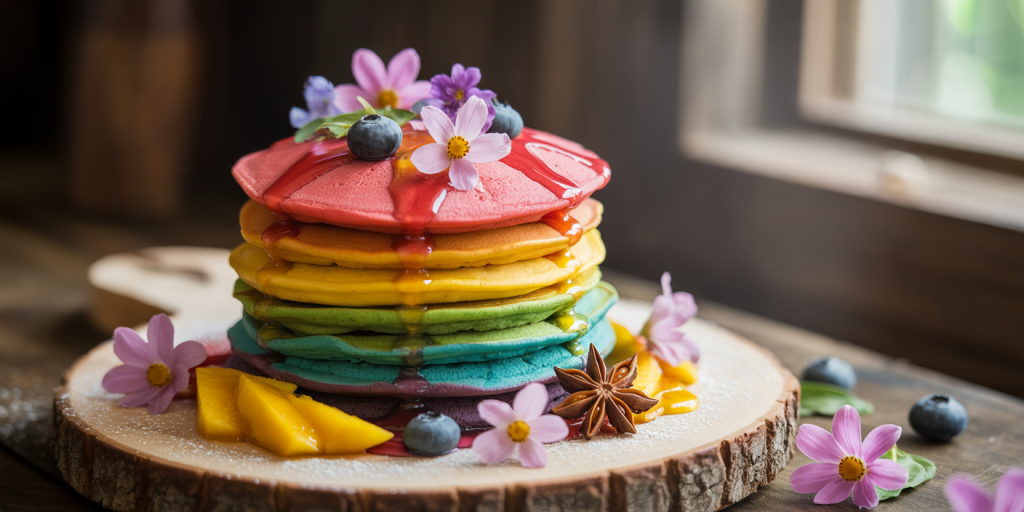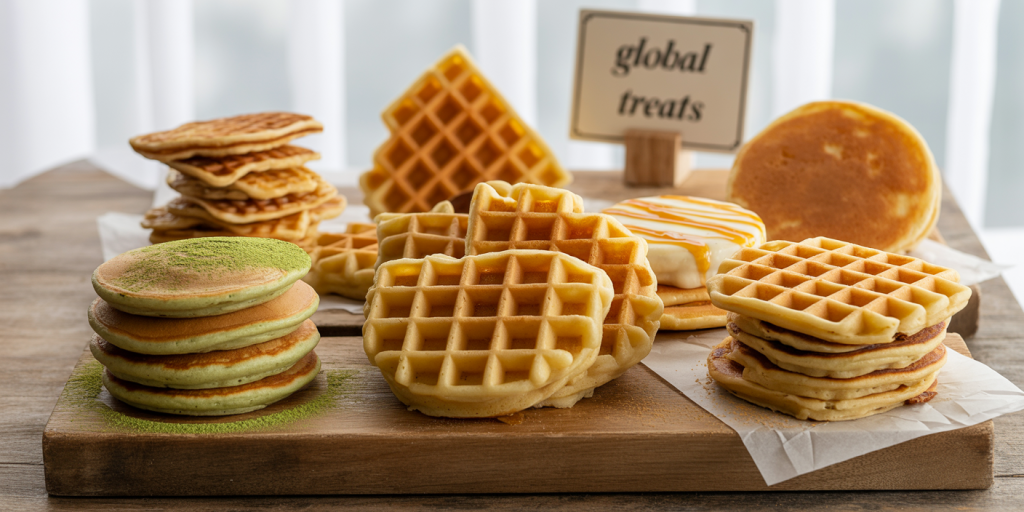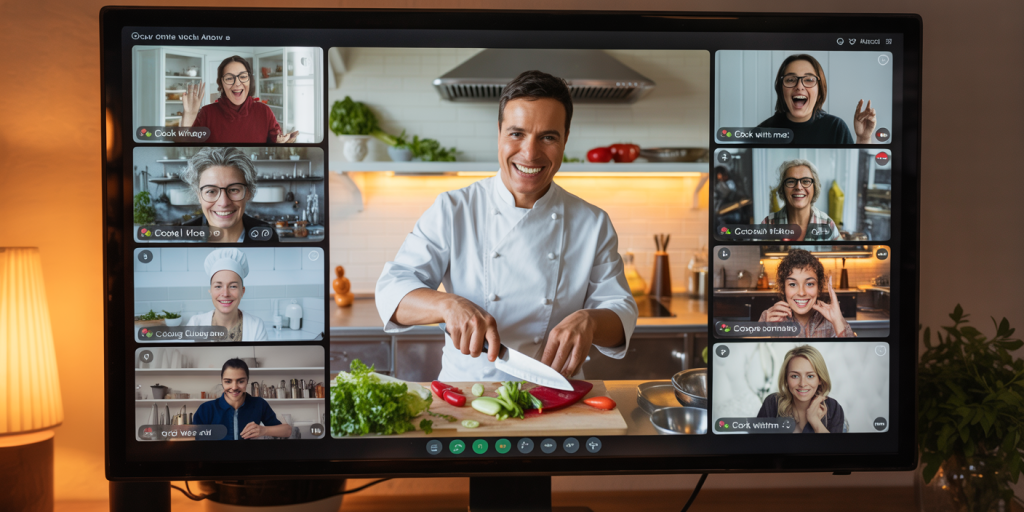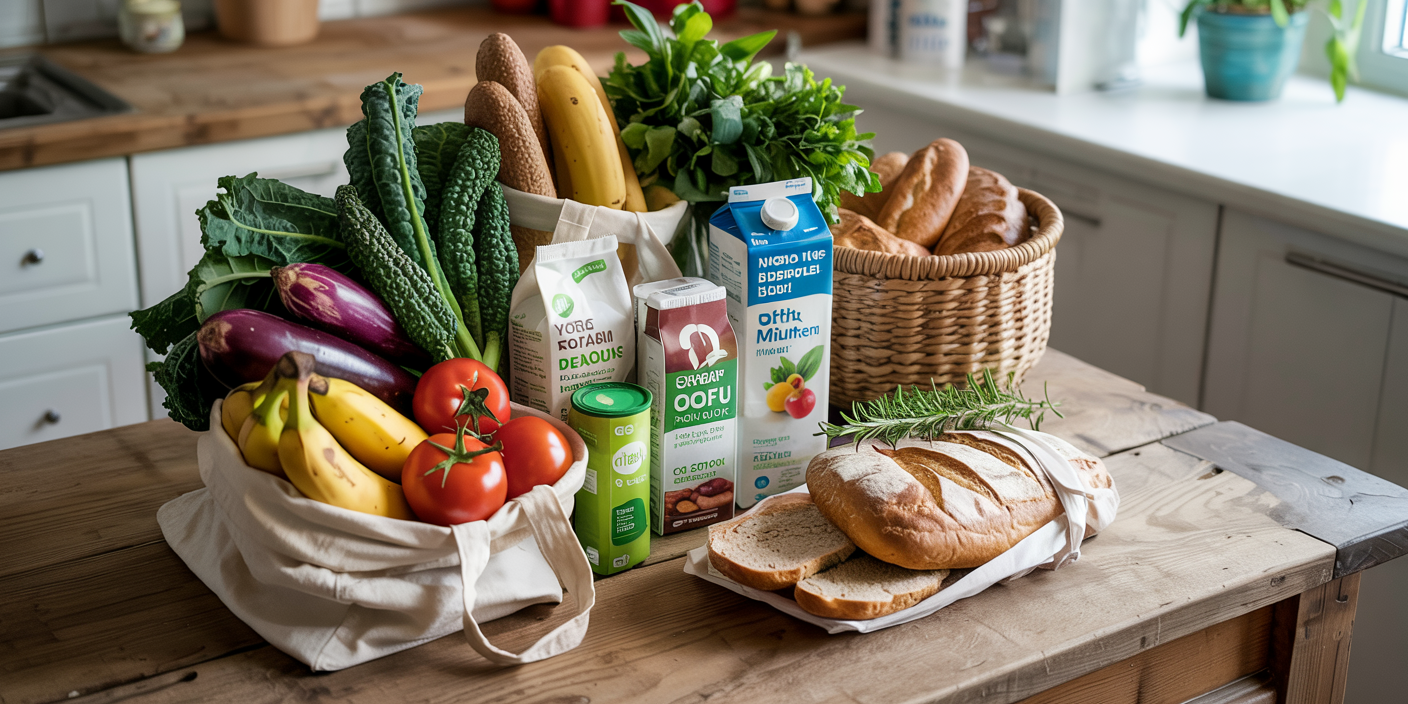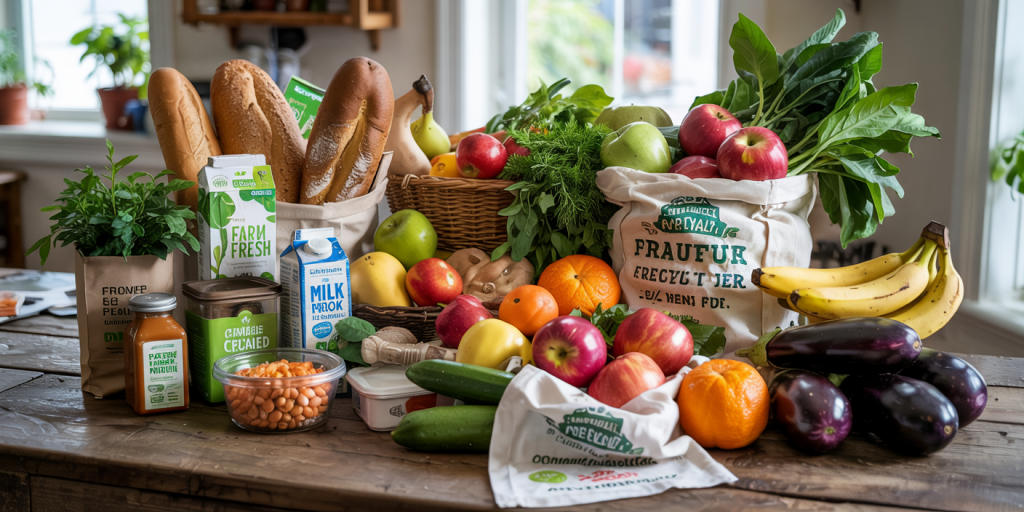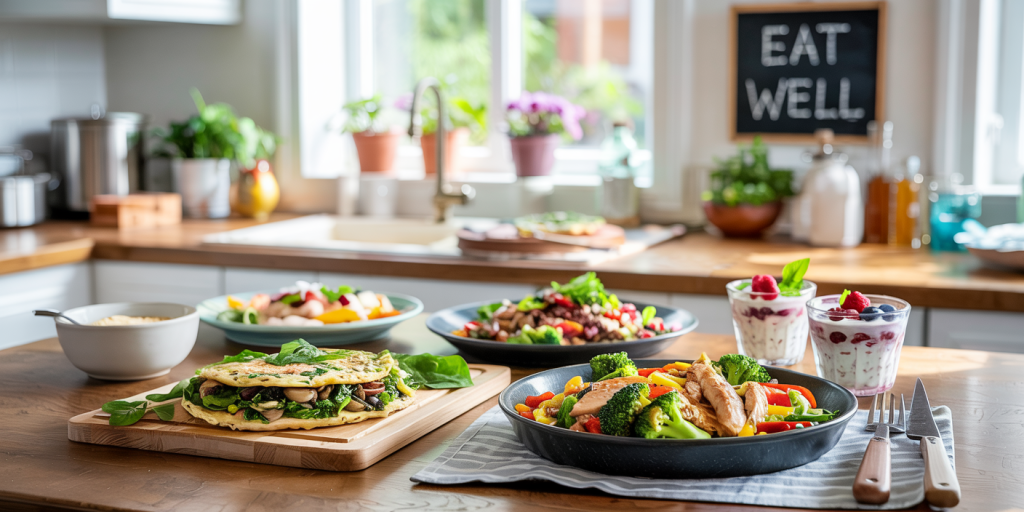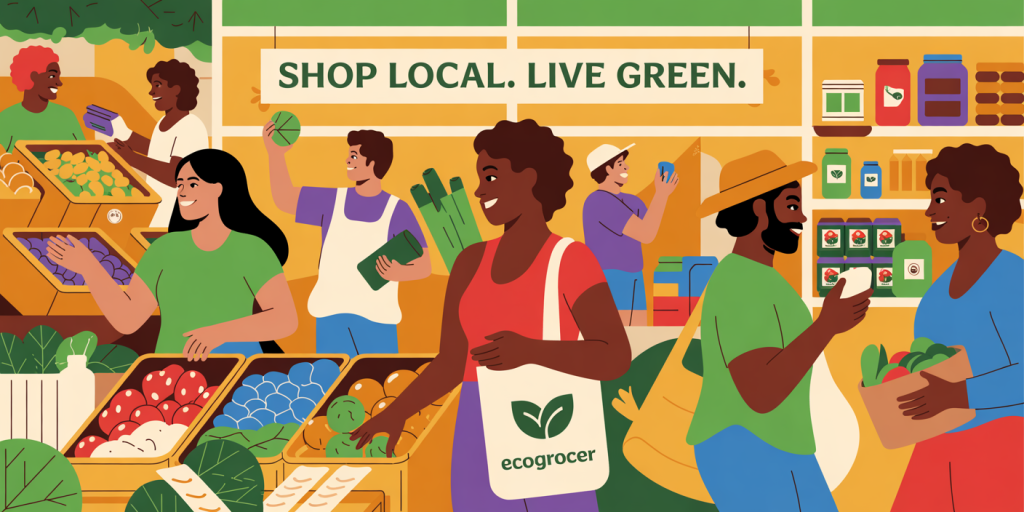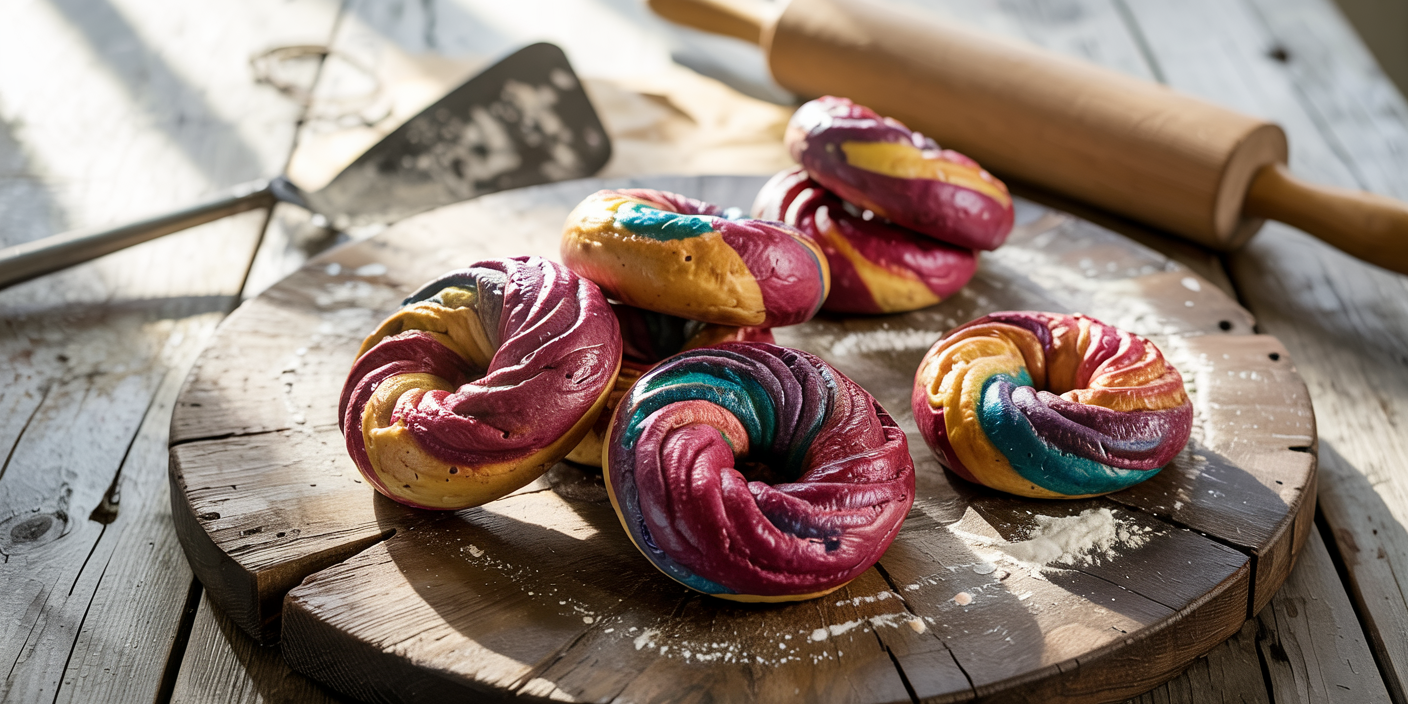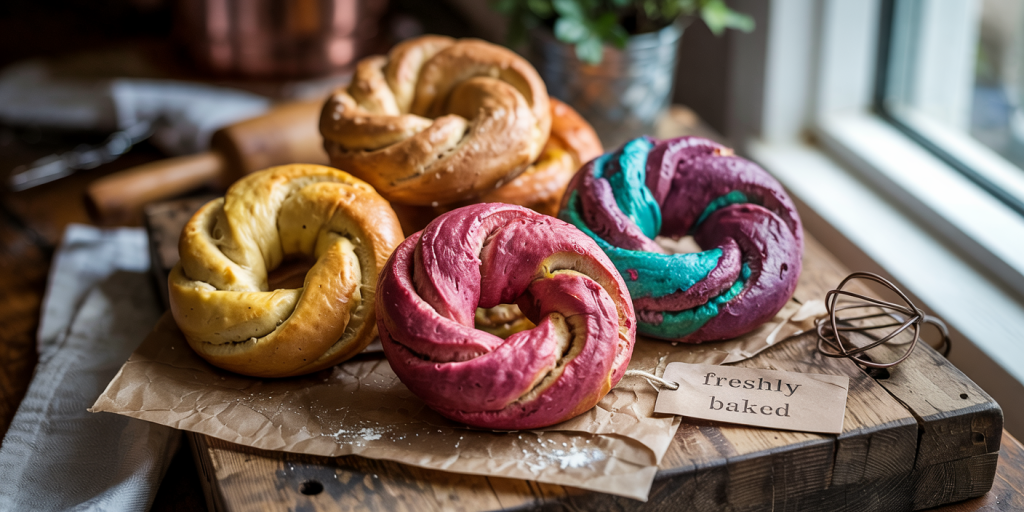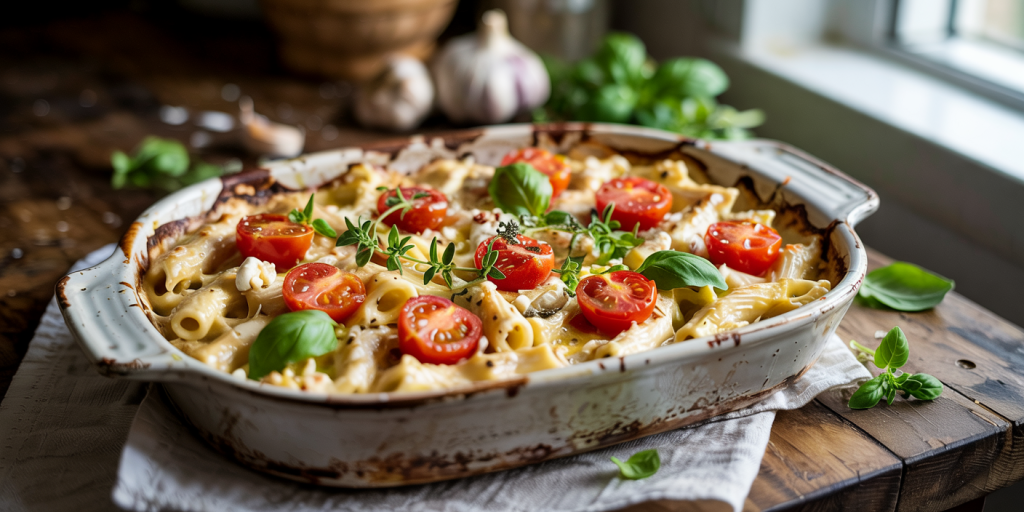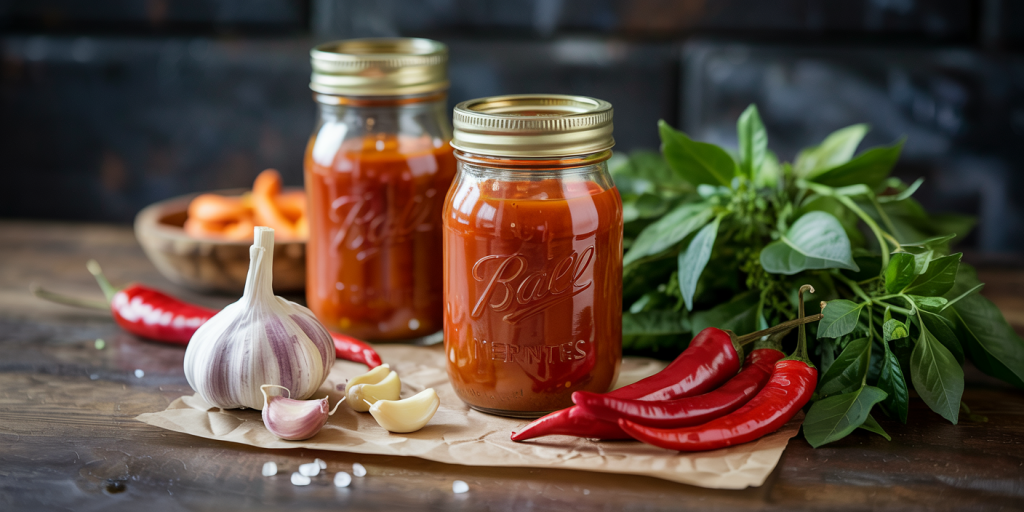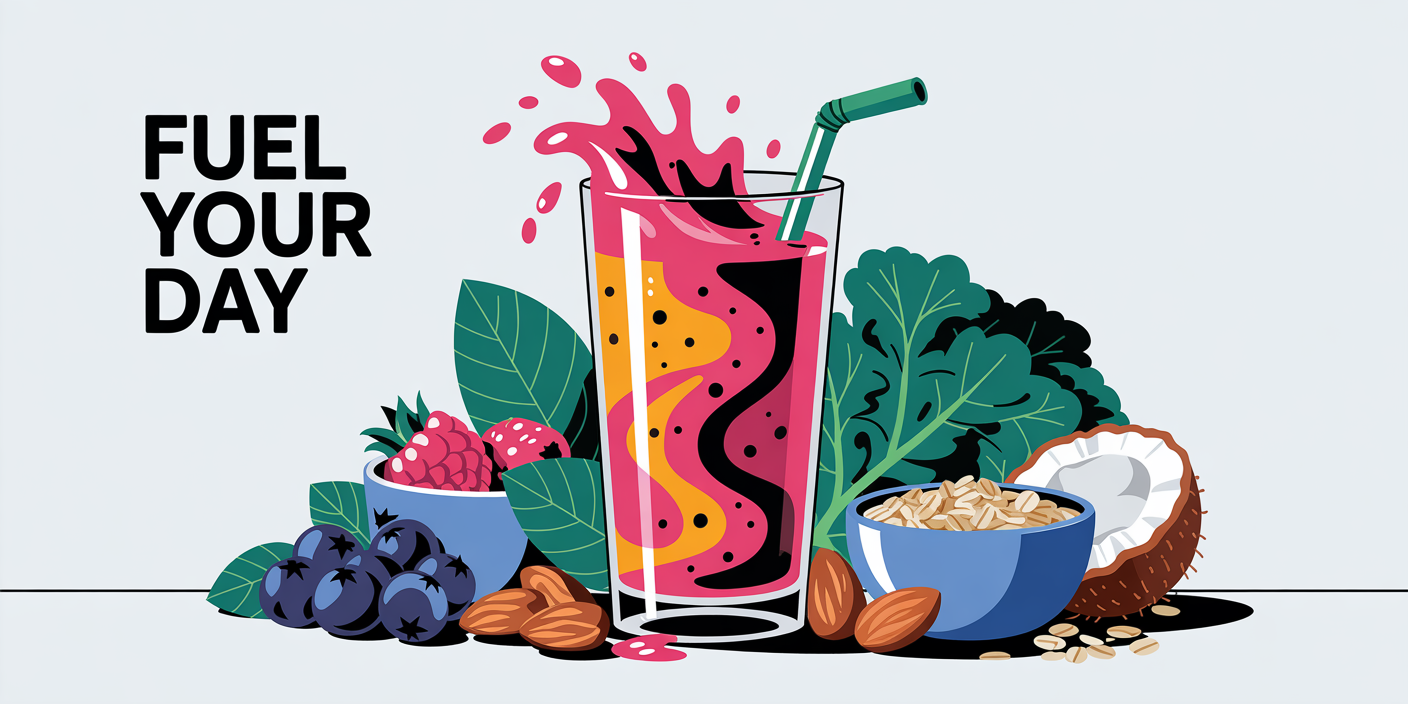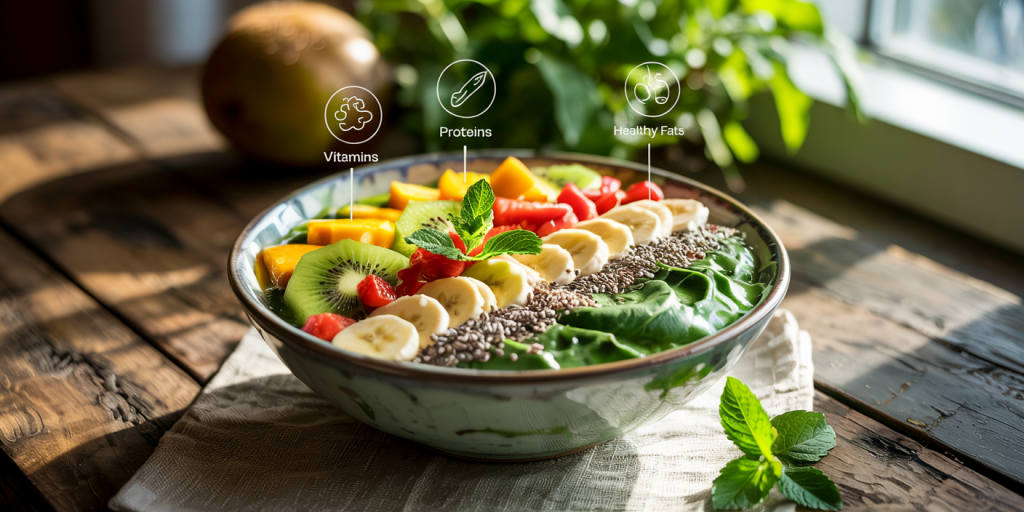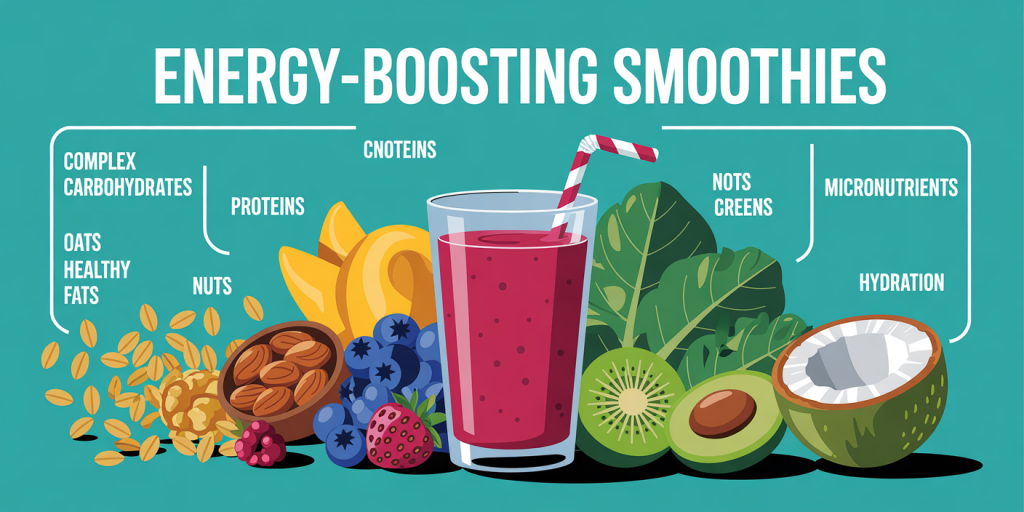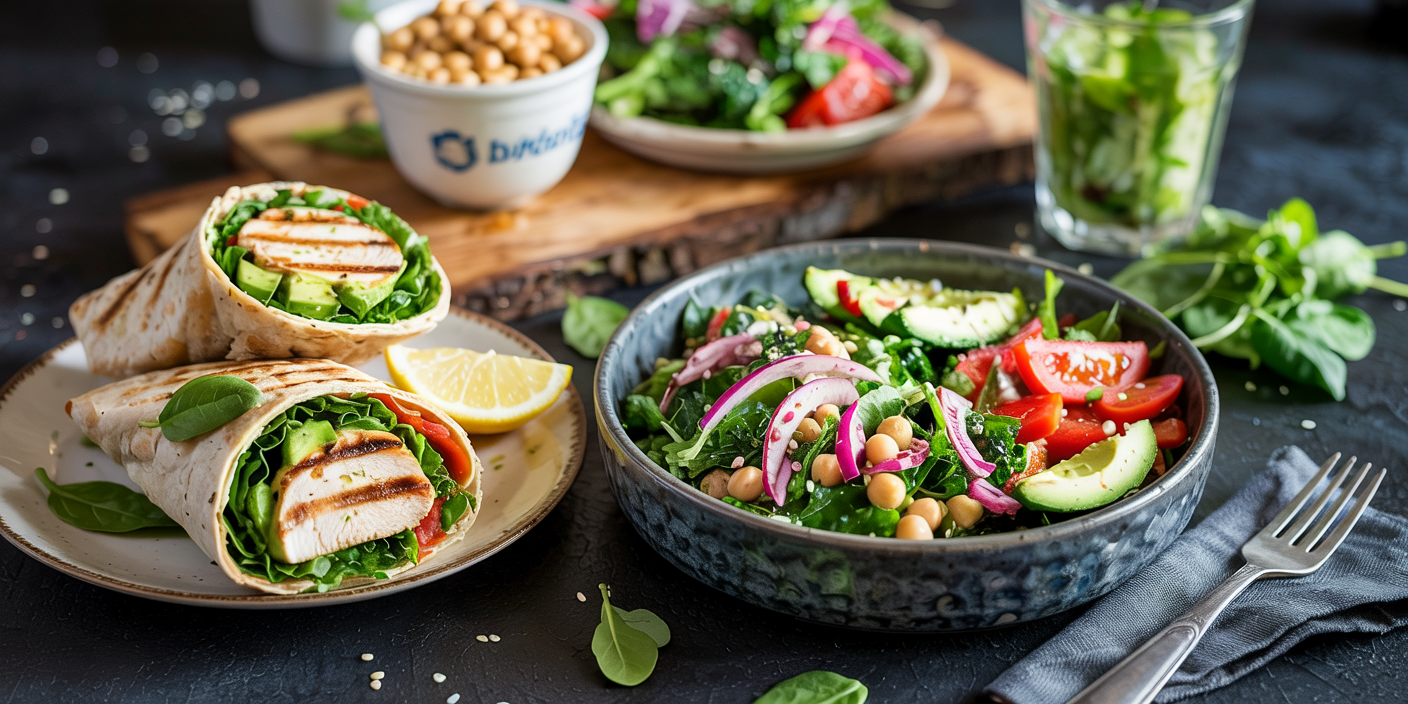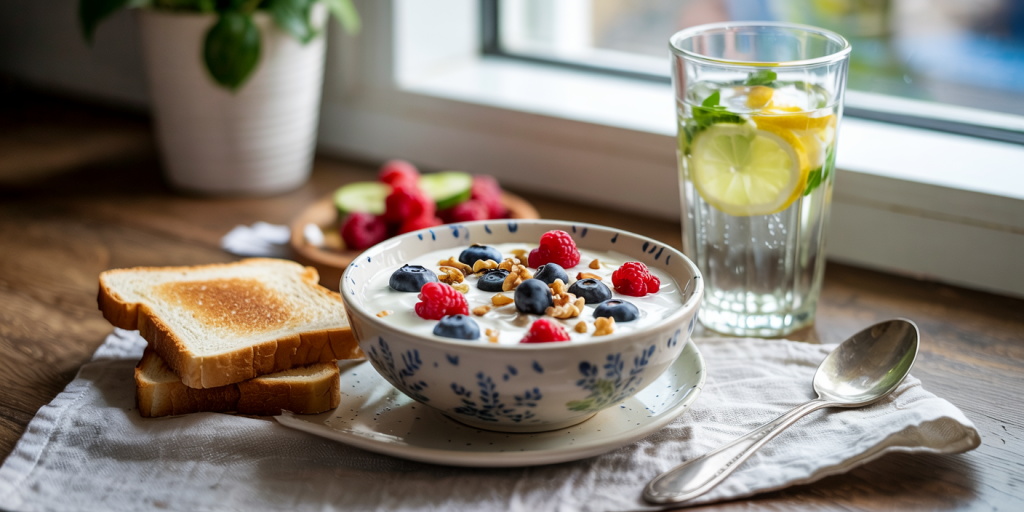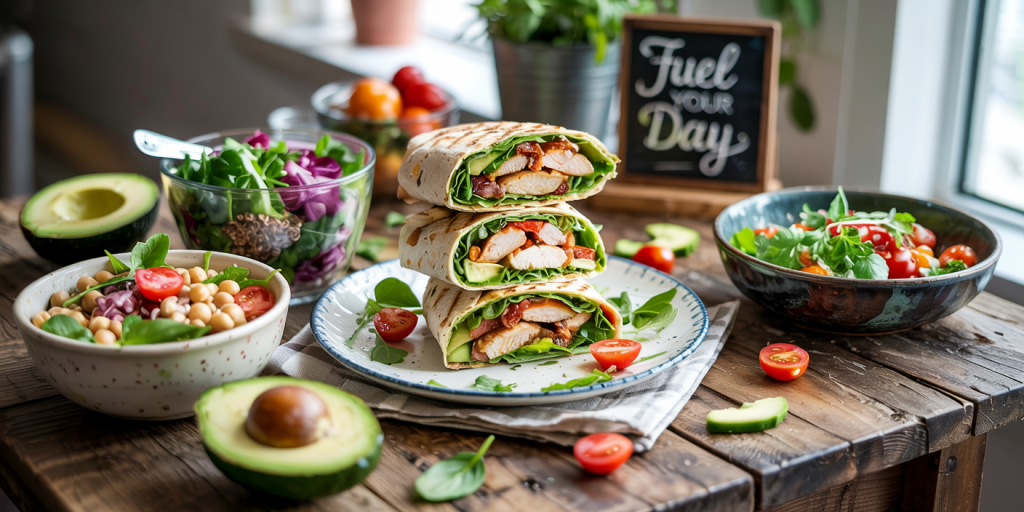In an era dominated by fast-paced lifestyles and mass-produced gifts, homemade treats offer a personalized, heartfelt alternative that resonates deeply with recipients. Gifting food that has been crafted with one’s own hands not only shows thoughtfulness but also often surpasses store-bought options in quality and uniqueness. According to a recent survey by the National Confectioners Association, 73% of people prefer receiving food gifts that feel personalized and homemade rather than generic commercial products. As the popularity of homemade gifting rises, understanding the varieties, benefits, and practicalities of making edible gifts on your own becomes invaluable.
Homemade treats encompass a wide range of edible items, including baked goods, preserved fruits, flavored nuts, and handcrafted chocolates. This versatility means there is a perfect homemade gift for virtually any occasion—from holiday celebrations and birthdays to casual thank-you tokens and corporate giveaways. This article explores the art of creating homemade treats designed specifically for gifting, providing insights and examples for crafting memorable, delicious, and visually appealing presents.
The Appeal of Homemade Treats in Gifting
Homemade treats possess an emotional advantage that packaged goods often lack. When someone receives a homemade cookie tin or a jar of infused honey, they recognize not only the culinary effort but also the time and affection poured into the creation. This form of gifting communicates a deeper connection. A study commissioned by the Journal of Consumer Research found that gifts perceived as thoughtful and personalized elevate recipient satisfaction by 60% compared to generic presents.
For instance, consider the story of Sarah Lee, a professional baker from Seattle who started gifting her homemade biscotti to colleagues and friends. Her well-crafted gifts soon developed into a small local business, underscoring the emotional and entrepreneurial potential of homemade treats. The direct link between the maker and the recipient adds an irreplaceable element of authenticity and warmth to the gifting experience.
Moreover, homemade treats align with current consumer trends toward sustainability and ethical consumption. Making treats at home often involves sourcing local ingredients and minimizing packaging waste. A recent study from McKinsey & Company highlights that 66% of consumers around the globe are willing to pay more for sustainable products, including food. Homemade gifts fit perfectly into this ethical buying pattern, switching the focus from quantity to quality and meaning.
Popular Types of Homemade Edible Gifts
There is a broad spectrum of homemade edible gifts that cater to differing tastes, dietary restrictions, and occasions. Baked goods, such as cookies, brownies, and breads, remain a classic choice because they are easy to package and generally well-received. For example, gingerbread cookies packaged in decorative tins embody both seasonal spirit and practical gifting.
Beyond baking, jams, preserves, and marmalades offer an artisanal touch, especially when paired with homemade bread or cheese. Homemade preserves like raspberry jam or spiced apple chutney add value through their freshness and custom flavor profiles. Consider the practice of using unique ingredient combinations such as lavender and honey or chili and mango to create standout jars that recipients will remember.
Another popular category is infused nuts and flavored popcorn. Roasted almonds tossed in rosemary and sea salt or caramel popcorn with a hint of chili spice provide gourmet snacking experiences. These treats are particularly popular for corporate gifting due to their universal appeal and ease of transport.
An additional yet growing trend is homemade nut butters or energy bites, which appeal to health-conscious individuals. For example, a homemade almond butter with an infusion of cinnamon and vanilla can make a thoughtful gift for fitness enthusiasts.
The following table summarizes some popular homemade treat types versus their typical presentation styles, packaging needs, and gift suitability:
| Homemade Treat Type | Presentation Style | Packaging Material | Ideal For |
|---|---|---|---|
| Baked goods (cookies, breads) | Decorative tins, boxes | Metal tins, cardboard boxes | Holidays, birthdays, casual |
| Jams and preserves | Glass jars with labels | Glass jars with fabric tops | Gourmet gifts, housewarmings |
| Flavored nuts/popcorn | Small craft bags, tins | Resealable bags, tins | Corporate gifts, casual |
| Nut butters, energy bites | Small jars, boxes | Glass/mason jars, boxes | Health-conscious, fitness gifts |
Practical Tips for Crafting Homemade Treats for Gifting
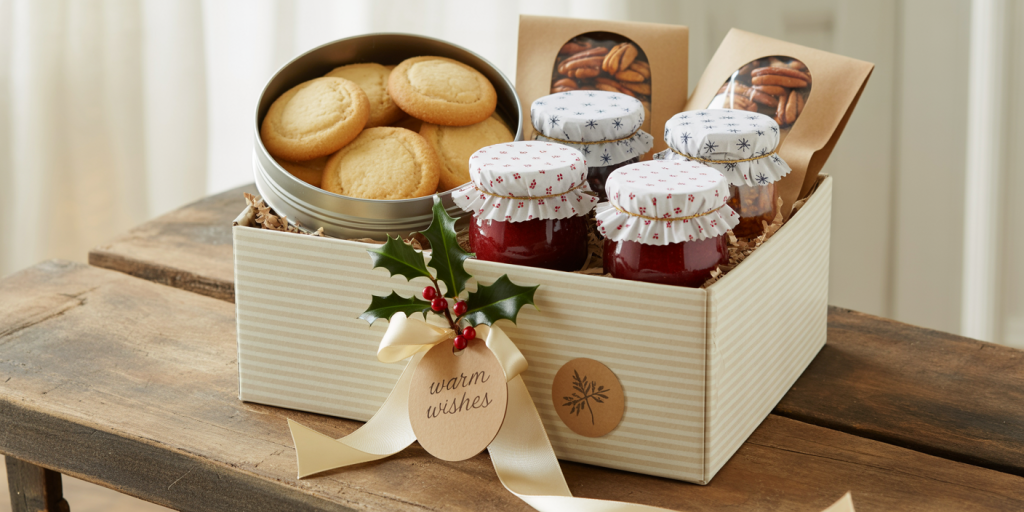
Creating homemade treats that impress both in taste and presentation involves more than just following a recipe. Packaging is crucial; it contributes greatly to the gifting experience and ensures the treat arrives fresh and intact. For baked goods, airtight tins or decorative boxes lined with parchment paper preserve texture and flavor. For liquid or semi-liquid gifts like preserves or nut butters, secure lids and tamper-proof seals can enhance shelf life and safety.
Labeling should offer more than just the name of the treat. Including ingredient lists, allergy warnings, and even a brief personalized note can significantly increase the recipient’s appreciation and transparency about the product. In some cases, a QR code linking to the recipe or origin story of the treat adds a modern and interactive touch.
Temperature control is a vital consideration, especially for chocolate-based gifts or items containing dairy or fresh produce. Vacuum-sealed packaging or insulated gift boxes can guard sensitive treats against spoilage during transit or shipping.
Additionally, cost and time management are practical factors. Batch-making certain treats such as cookies or granola bars can reduce both effort and expense, making homemade gifting scalable. Planning production based on quality ingredient access and available time ensures consistency and keeps the gifting experience enjoyable rather than stressful.
Real Case Study: Homemade Treat Gifting in Corporate Settings
The corporate sector increasingly embraces edible homemade gifts as part of employee appreciation programs or client relations strategies. A notable example is TechNova, a mid-sized IT company that annually gifts its employees a selection of homemade goodies during the holiday season. This initiative started as a volunteer effort by the HR department and has since become a tradition that elevates company morale and brand image.
TechNova sourced recipes collaboratively from employees, promoting involvement and diverse flavor profiles. The final product included spiced pumpkin bread, caramel popcorn, and lavender-infused honey—packaged in eco-friendly tins with branded ribbons. Feedback was overwhelmingly positive: an internal survey showed an 85% increase in employee satisfaction related to appreciation initiatives after the introduction of homemade treats.
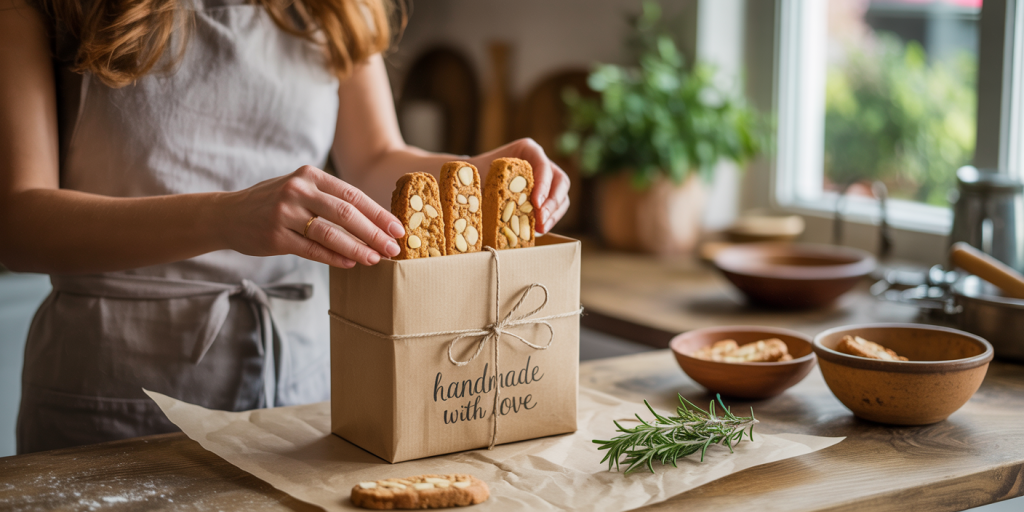
Such real-world examples emphasize how edible gifts can be tailored to different audience preferences while promoting company values related to community and sustainability.
Nutritional Considerations and Dietary Adaptations
An important factor when gifting homemade treats is awareness of dietary restrictions and preferences. Gluten-free, vegan, and sugar-free options have seen rising demand amidst growing health consciousness globally. Data from the International Food Information Council shows that 45% of American adults are actively trying to reduce sugar intake or follow specialized diets.
To accommodate this, jasminespoon.com, a well-known food blog, developed a line of gluten-free granola bars using almond flour and natural sweeteners like dates and honey. These garnered particular attention during holiday seasons for their inclusivity and taste.
Moreover, labeling is even more critical in this context. Clear indications of ingredients and preparation methods prevent unintended allergies or sensitivities. Including suggestions for how to enjoy the treat (e.g., “Best served with herbal tea” or “Great as a protein snack post-workout”) can also add value.
Future Perspectives: The Rise of Homemade Treats Enhanced by Technology
The future of homemade treats as gifts looks promising, particularly with advancements in culinary technology and digital platforms. Smart kitchen appliances, such as programmable ovens and food processors, streamline the baking and preparation process, allowing for more consistent results even for amateur cooks. This technological trend reduces barriers and encourages more individuals to embrace homemade edible gifting.
Digitization also plays a crucial role. Apps and online communities dedicated to sharing homemade recipe ideas, packaging tips, and ingredient sourcing create supportive networks that enhance creativity and variety. Furthermore, augmented reality (AR) and QR codes could redefine the unboxing experience by linking treats to video tutorials, origin stories, or personalization messages.
Consumer demand for authenticity combined with convenience will likely inspire innovations such as customized ingredient kits and subscription boxes that incorporate homemade gift concepts. For instance, companies may offer curated “DIY treat kits” enabling recipients to assemble and experience the gifting process themselves—adding another layer of engagement.
Sustainability remains an essential driver as well. Future homemade treats will emphasize eco-conscious packaging and zero-waste production, responding to environmental challenges and consumer expectations.
—
In summary, homemade treats offer an unbeatable combination of personalization, quality, and emotional impact, making them an ideal gifting choice across personal, social, and professional settings. By carefully selecting treat types, applying thoughtful packaging, and considering dietary needs, gift-givers can create memorable and meaningful edible presents. As technology and consumer trends evolve, the scope for innovation and sustainability in homemade treat gifting will only expand, celebrating culinary creativity and human connection in delicious ways.
